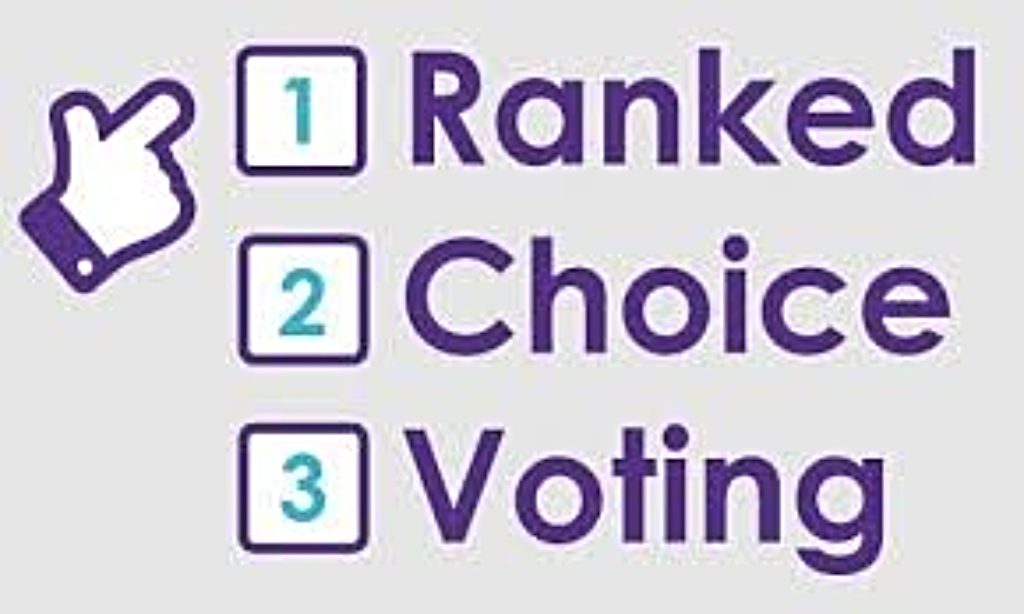
This summer’s New York City primary election was the largest Ranked Choice Voting (RCV) city election in U.S. history. The turn-out was the highest for a primary election in 32 years, with over 942,000 votes cast for mayor. Increases in down-ballot elections were strong as well: 92% of voters in the mayoral election also participated in elections for comptroller and 87% for public advocate.
The winning candidate in the Democrat primary for Mayor, Eric Adams, ran against thirteen other candidates and won by only 7,197 votes. A close count would have triggered a run-off election, but using RCV prevented the need, as it allows election officials to simulate run-offs. Brad Lander won the Democratic primary for Comptroller against nine other candidates, leading his opponents in all rounds of counting. Jumaane Williams won his primary for Public Advocate in the first round of voting, earning over 70% of the votes.
Overall, the use of Ranked Choice Voting did not upset conventional expectations of the election: the candidates who were leading in the first round of counting took the majority in their respective final rounds of counting.
The most remarkable aspect about the election was the relatively civil nature of the campaigning. Of the fourteen candidates in the mayoral race several of them, most notably Andrew Yang, endorsed opponents while in the midst of the contest. No candidates were accused of “spoiling” the race (when a competitor leeches votes from a front runner at the detriment of a party or particular group) by their opponents or party allies.
While one city council election is still in the process of a manual hand recount, it appears that 29 of 51 city council seats will go to women, or 56% of the seats (52% of the population of the city are women). The is the highest number of women occupying seats in city history.
RCV will not be used in the crowded field of the general election. In November, Democratic mayoral nominee, Eric Adams, will be going up against Curtis Sliwa, the Republican Primary election winner, as well as Stacey Prussman (Libertarian), Deborah Axt (Working Families Party), and six other challengers. In November’s general election for NYC Comptroller, Brad Lander (Democrat) will face Paul Rodrigues (Conservative), John Tabacco (Libertarian / Independent) and Daby Carreras (Republican / Save Our City Party). Candidates for Public Advocate in the general election are Jumaane Williams (Democrat), Anthony Herbert (Conservative / Independent), Devin Balkind (Libertarian) and Devi Nampiaparampil (Republican / Save Our City Party).
Ranked Choice Voting was viewed positively by voters all around. 77% of voters want to use ranked choice voting in future elections. 83% ranked more than one candidate, and 95% found the ballot simple to complete, according to a Common Cause NY and Rank the Vote NYC exit poll.
After this successful launch of RCV in NYC, two volunteer organizations, Common Cause NY and RankedChoiceNY, have teamed up to educate voters about RCV throughout the rest of the state. After taking into account many factors, such as where their volunteers are located and what cities seem ripe for RCV, the two organizations have decided to target Poughkeepsie/Dutchess County first for their statewide efforts, which include offering speakers, canvassing in person, signing on supporters and organizing in-person events. For further information CommonCause.org/New-York and RankedChoiceNY.org
Official Results showing how votes were counting in each round of ranking in the Democrat primaries:
DEM Mayor Citywide (vote.nyc)
DEM Comptroller Citywide (vote.nyc)
DEM Public Advocate Citywide (vote.nyc)